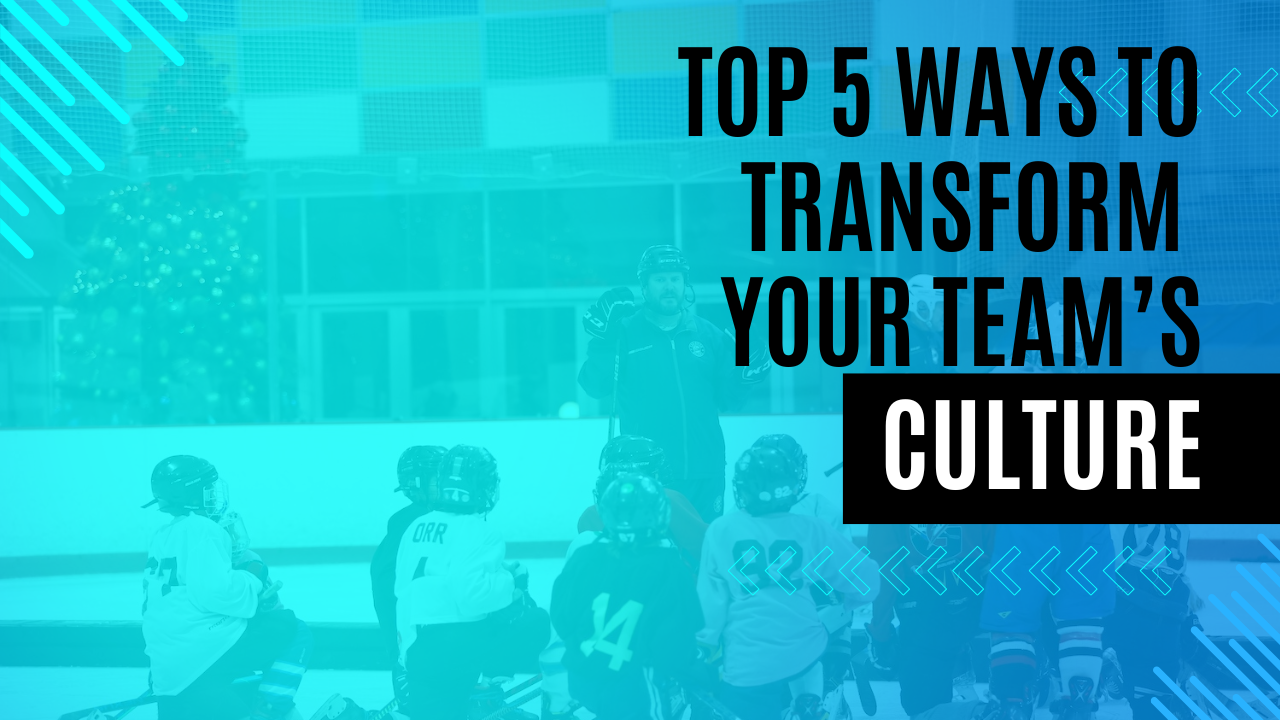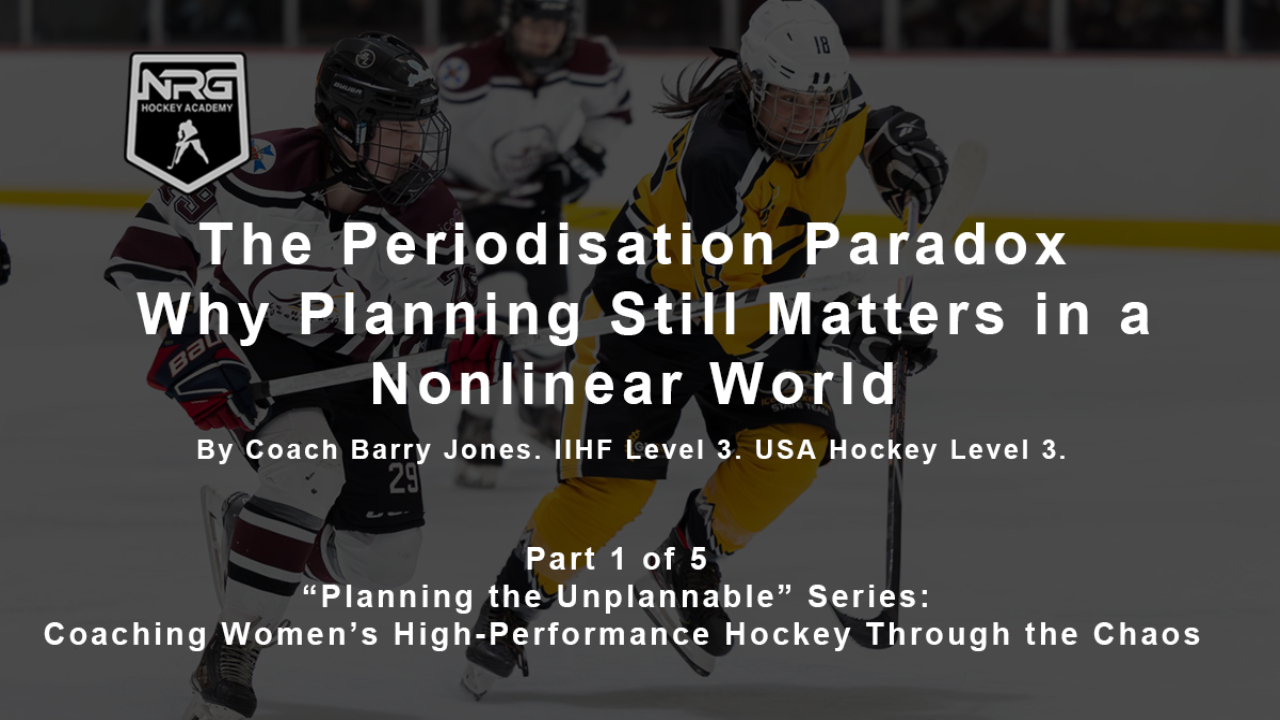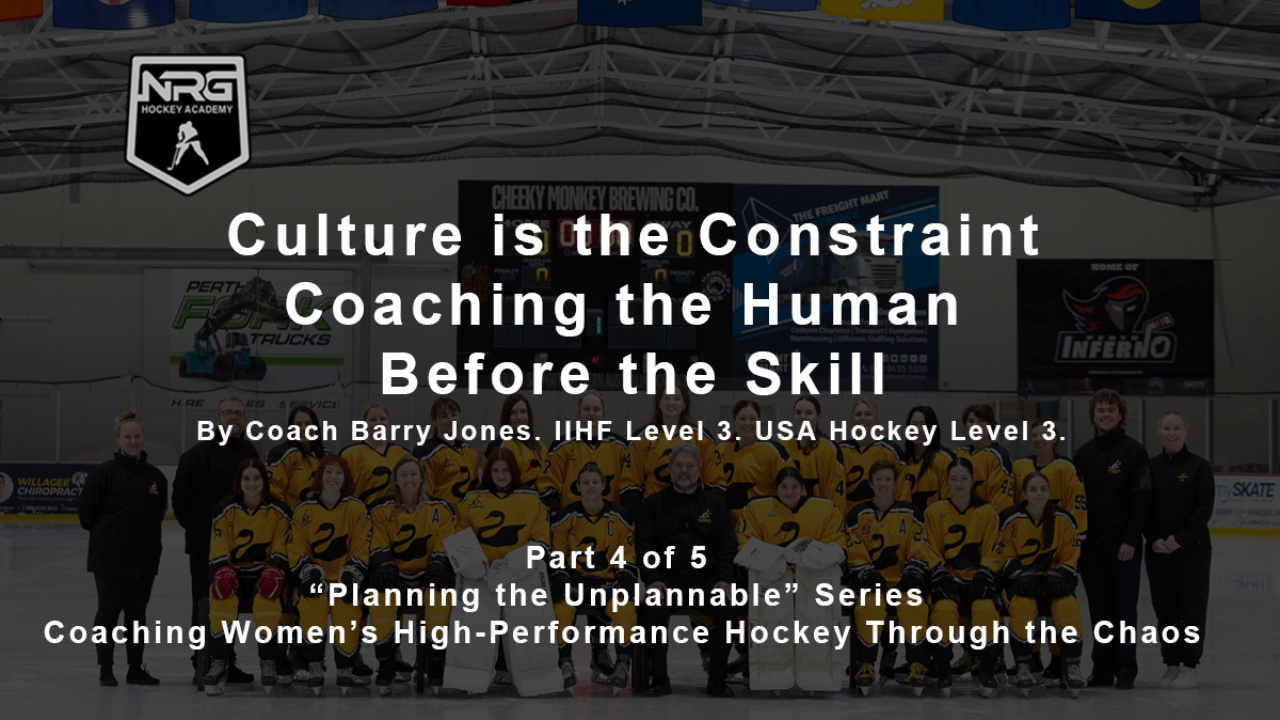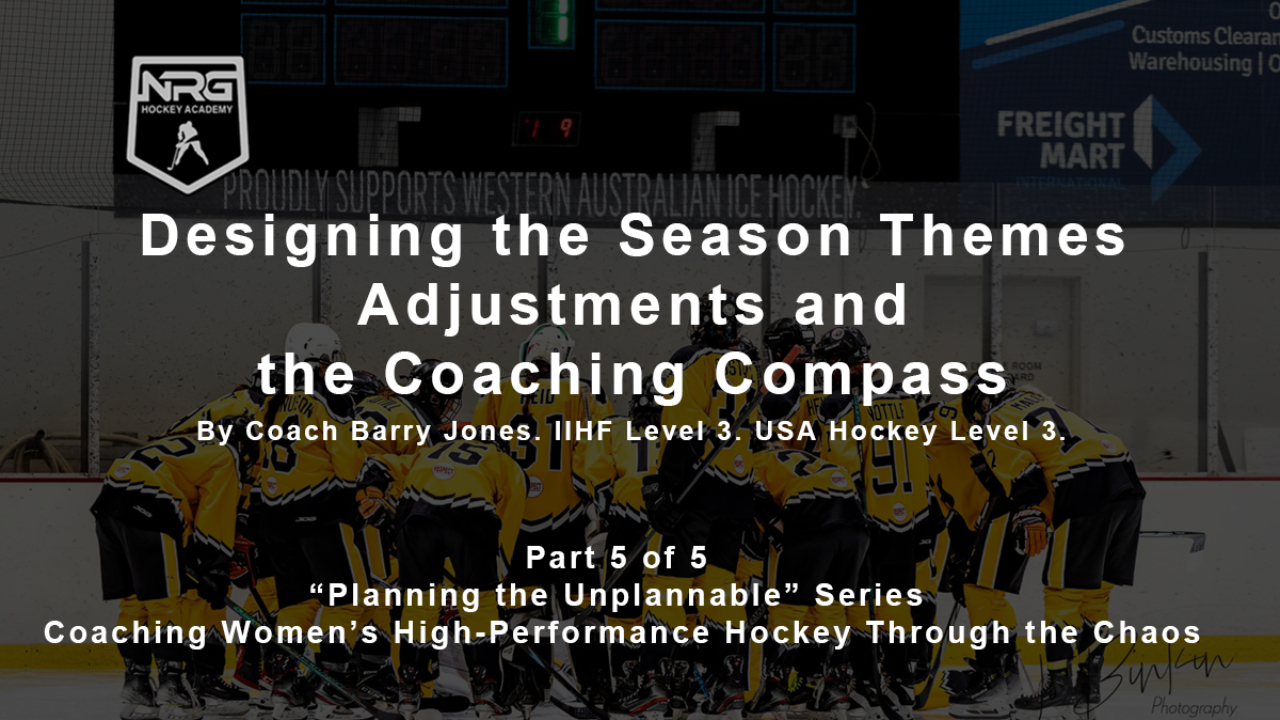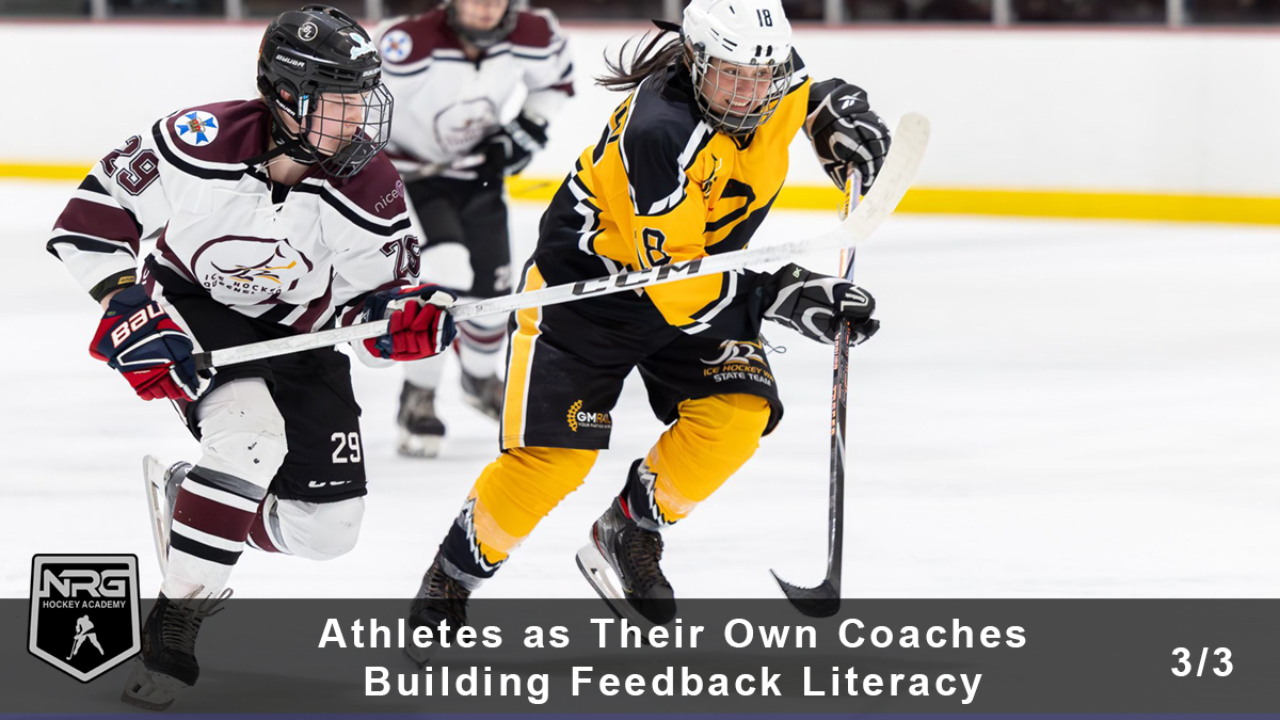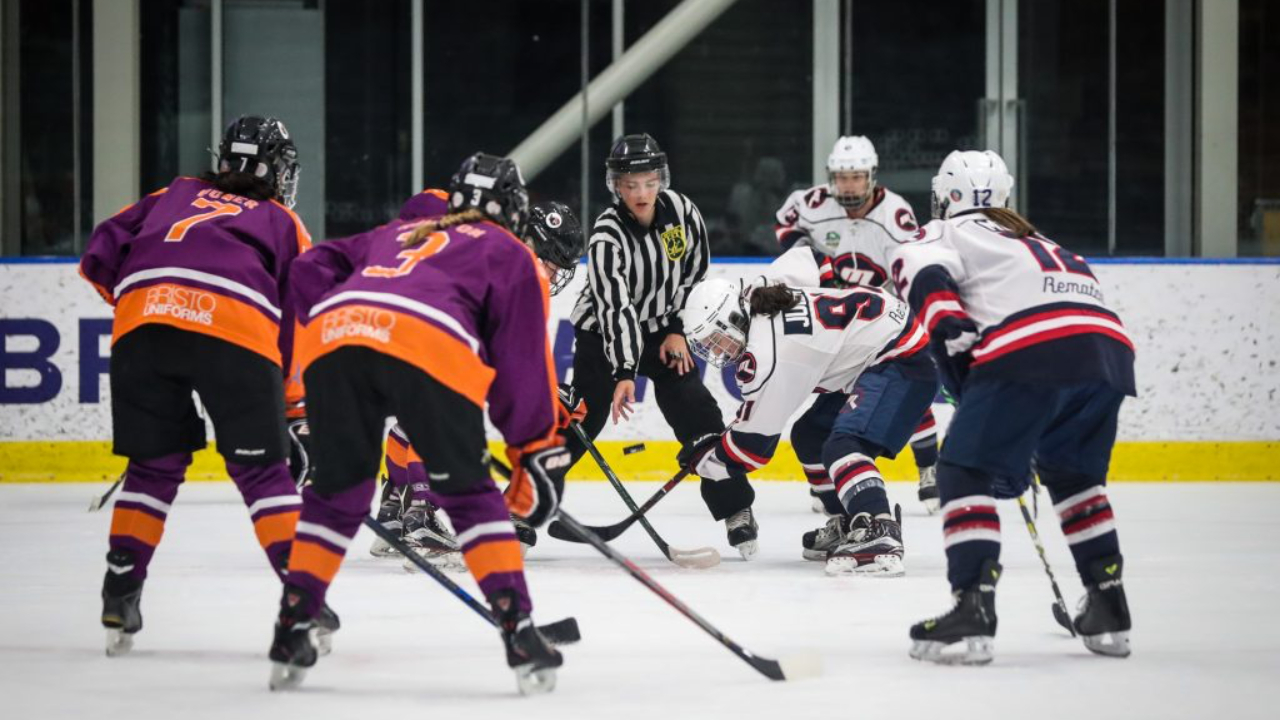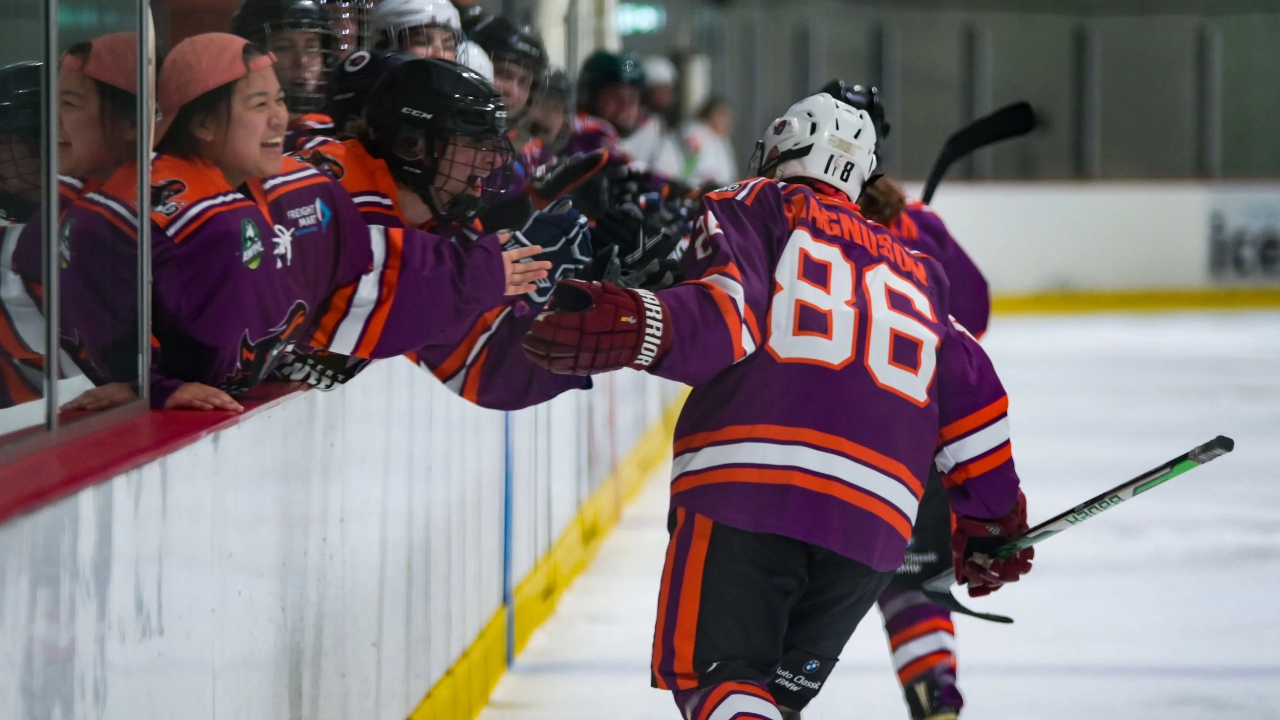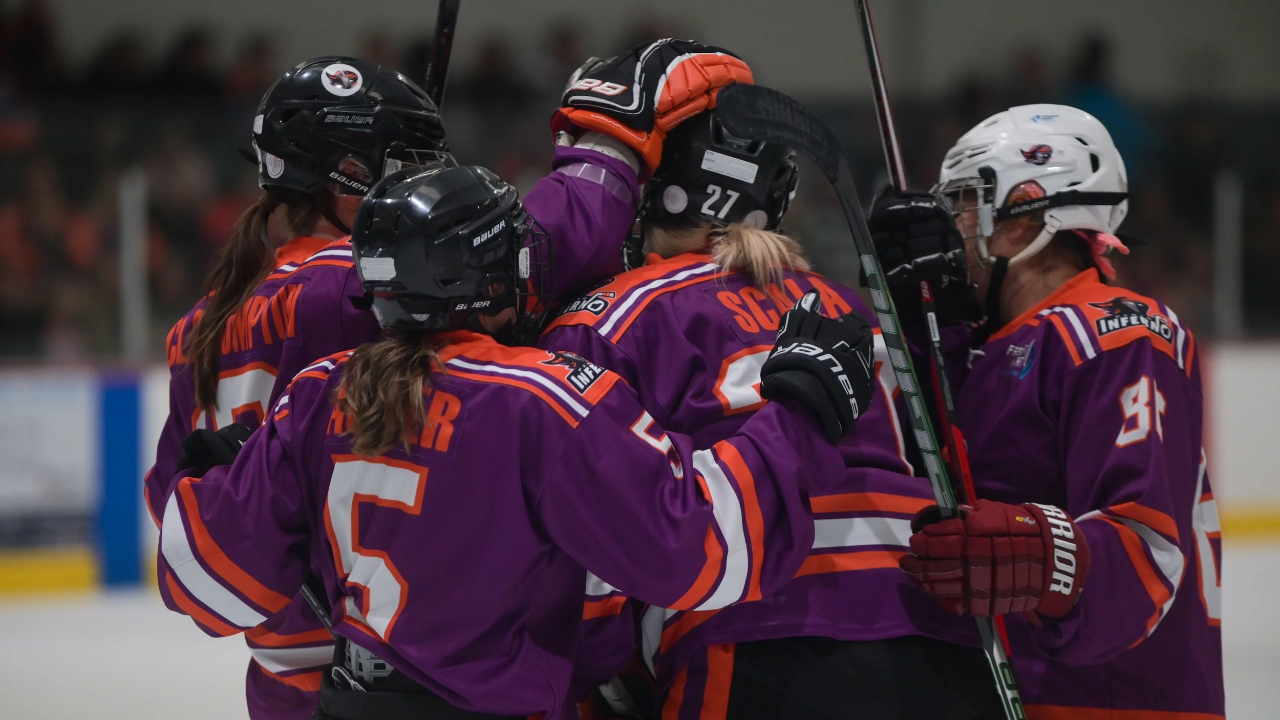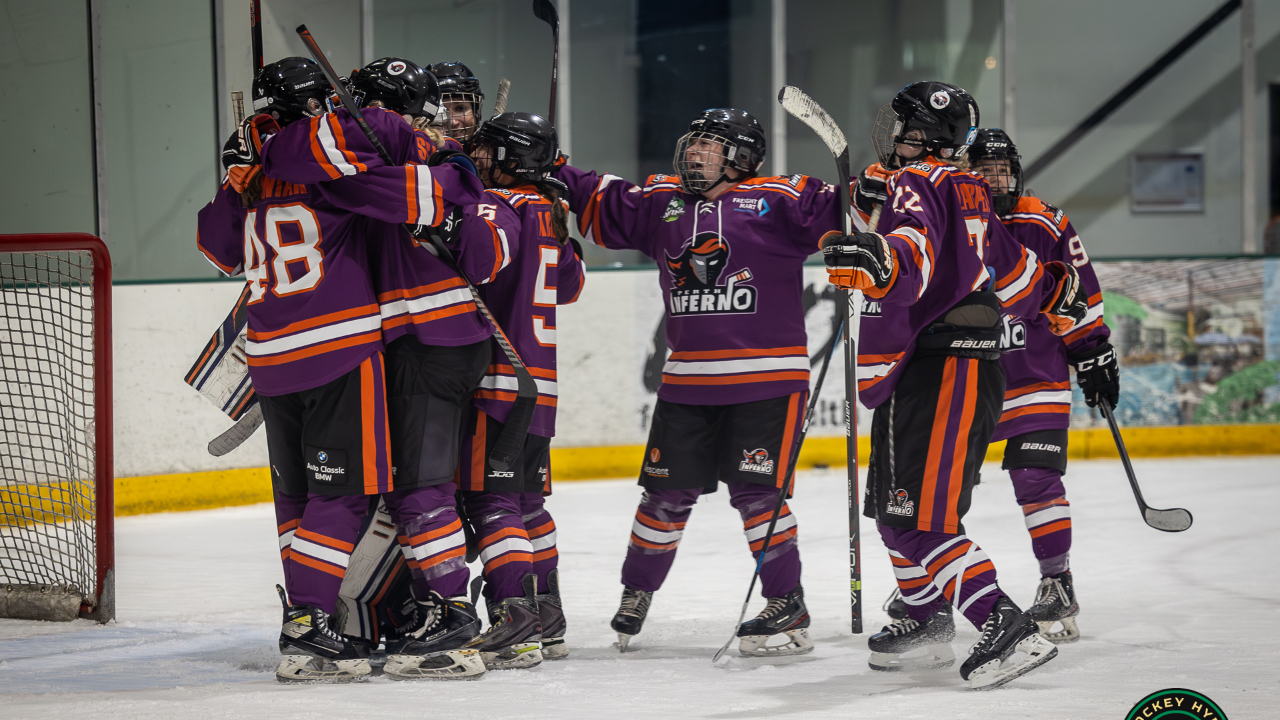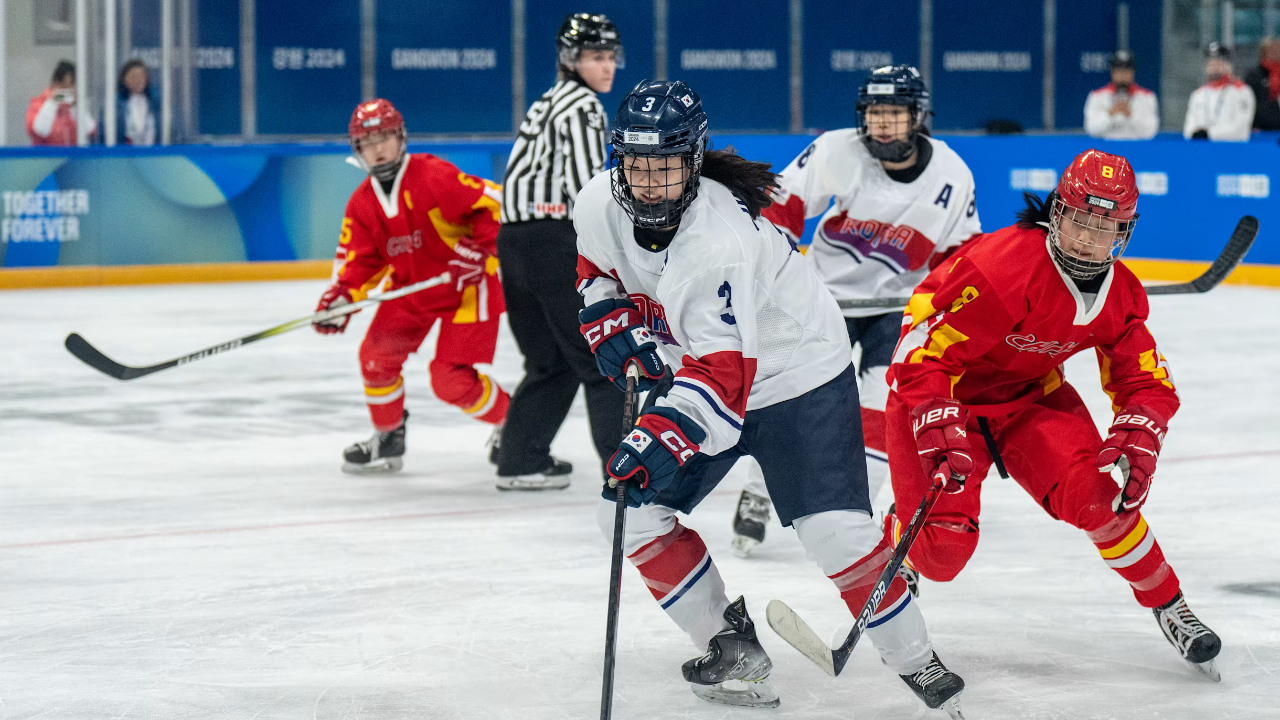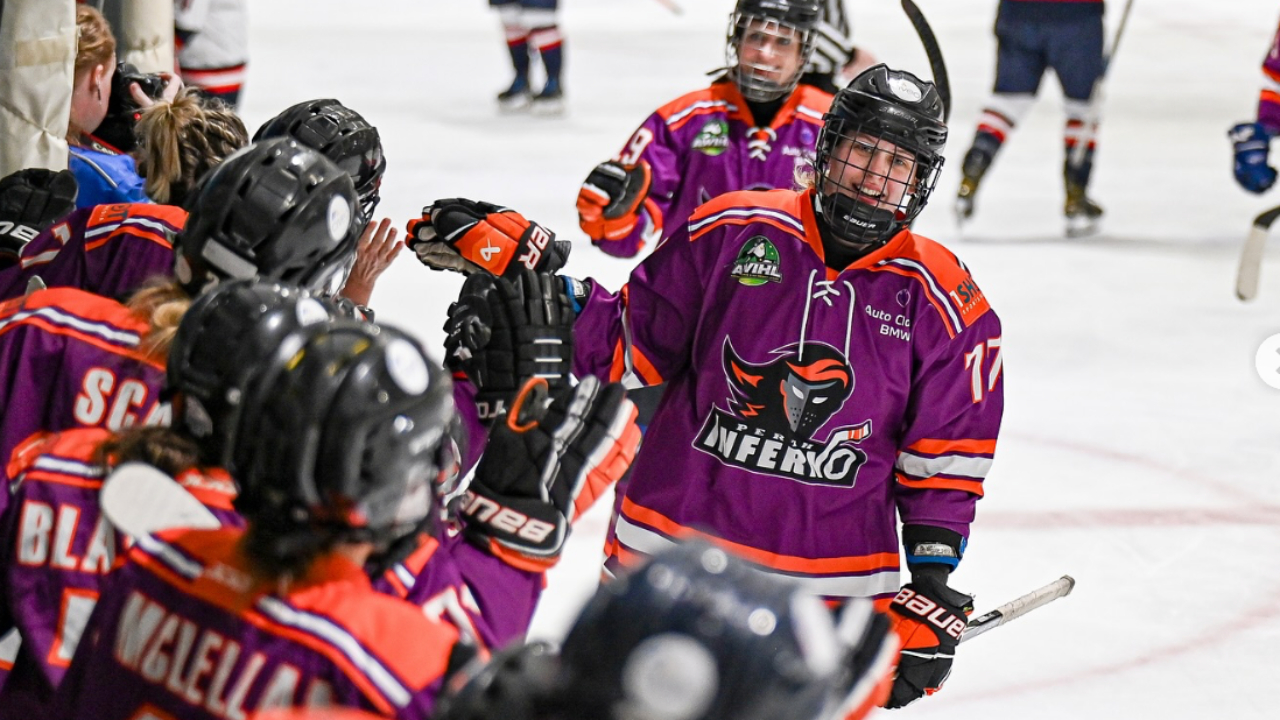
Inside My Madness: Coaching in a Nonlinear World
Article (5:5) Living the Madness: Culture, Trust, and the Adaptive Team
By Coach Barry Jones – IIHF Level 3 High Performance | USA Hockey Level 3 Performance | Head Coach, Perth Inferno (AWIHL)
The longer I coach, the less I believe in systems and the more I believe in people. Culture doesn’t exist on the wall or in the playbook, it lives in how your team behaves when the game tilts.
From Control to Connection
When I first started coaching, I thought leadership was about control. Keep everyone aligned, keep emotions stable, keep standards tight. The problem was, control doesn’t scale when the game gets unpredictable, and hockey is nothing but unpredictable.
In a nonlinear environment, leadership isn’t about controlling the chaos; it’s about connecting through it. Culture becomes the stabiliser. It’s the shared rhythm that lets everyone move freely without losing identity.
That’s what I call adaptive culture, not something you manage, but something you design for.
The Environment Is the Culture
Culture isn’t what you tell players to value; it’s what your environment rewards.
If your practice punishes mistakes, you’ll breed hesitation. If your environment celebrates adaptability, you’ll build courage.
At Perth Inferno, our goal was to make behaviour the blueprint. Every constraint, rule, and theme had to point back to how we wanted to live our identity, not just talk about it.
That identity became H.E.A.T.
-
Hunt with speed
-
Execute with detail
-
Attack with purpose
-
Trust without question
It’s simple, but it frames everything we do. H.E.A.T. isn’t a slogan; it’s an affordance structure, a set of behavioural invitations that shape how players see the game and each other.
Trust as the Competitive Advantage
In a chaotic, adaptive system, trust replaces control as the performance edge.
Players can’t explore new solutions if they fear mistakes. They can’t self-organise if they don’t feel safe to take risks. Trust builds the psychological bandwidth for creativity.
That’s why every feedback loop, theme shift, and co-design meeting is ultimately about trust. When players believe their voice shapes the process, they start to lead from within.
Teams that trust don’t just follow plans; they write them together.
The Leadership Web
Traditional leadership flows top-down: captain, assistant, coach. In adaptive systems, it spreads like a web.
Every player becomes a node in the network, influencing and responding, sensing pressure and balance. Leadership emerges from interaction, not hierarchy.
We build this web intentionally through shared ownership:
-
Rotating captains for theme cycles.
-
Athlete-led reflections during review sessions.
-
Peer-driven task adjustments inside small-area games.
The message is clear: leadership is not a position, it’s a participation.
Embedding Adaptability in Culture
To keep adaptability alive, culture must evolve the same way training does: through feedback.
We review our culture like we review our systems.
-
What behaviours showed up under stress?
-
What did we default to when things went wrong?
-
Which principles held, and which cracked?
Culture is never finished; it’s in constant iteration. That’s what makes it resilient.
Identity as the North Star
Even in chaos, identity holds everything together. It’s the compass that orients the team when the plan falls apart.
For us, every theme, every reflection, every piece of feedback loops back to H.E.A.T. It gives the group a shared language that outlasts tactics or line combinations.
When culture and identity align, athletes stop performing for the system; they start performing as the system.
Try This: The Cultural Check-In
Once a month, run a “Cultural Check-In.”
Ask your players three questions:
-
Which of our team values showed up most this month?
-
Which one needs more attention?
-
What behaviour do we want to see more often next week?
You’ll be surprised how fast alignment grows when you make culture something you talk about as often as systems or skills.
Reflection: Living the Madness
Living inside a nonlinear world means accepting that the game, and your team, will always outgrow the plan. That’s not failure; it’s evolution.
The goal isn’t to build control, it’s to build capacity. Capacity to adapt, to trust, to stay connected when nothing looks certain.
That’s the real madness. It’s not chaos for chaos’s sake; it’s coaching that breathes.
And when you finally see your players solving problems you never taught them, you realise that’s not madness at all. That’s coaching done right.
If your players had to describe your culture without words, only by how you train and play, what would they say?
Read More
- 1 - The Beautiful Chaos: Why I Abandoned Fixed Periodisation
- 2 - Designing Without Deadlines: Building Adaptive Themes
- 3 - The Nonlinear Practice: Designing Sessions for Emergence
- 4 - The Beautiful Chaos: Why I Abandoned Fixed Periodisation
- 5 - Living the Madness: Culture, Trust, and the Adaptive Team
Author Bio
Coach Barry Jones is an IIHF Level 3 High Performance and USA Hockey Level 3 Performance coach, and the Head Coach of the Perth Inferno (AWIHL). His work explores nonlinear periodisation, ecological dynamics, and athlete-centred culture in women’s high-performance hockey.

